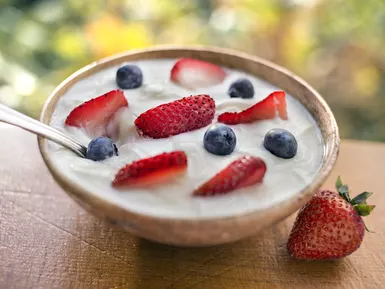Navigating a Diverticulitis Diet: 7 Key Foods to Limit During Flare-Ups (and What to Eat for Gut Comfort)
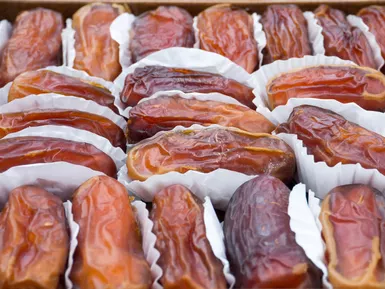
Navigating a Diverticulitis Diet: 7 Key Foods to Limit During Flare-Ups (and What to Eat for Gut Comfort)
Living with diverticulitis—when those small pouches (diverticula) in your colon become inflamed or infected—can be a truly challenging experience, often bringing severe abdominal pain, fever, and significant digestive distress. While medical treatment, which might include antibiotics or, in more severe cases, surgery, is crucial, the role of diet in managing symptoms and preventing future flare-ups cannot be overstated.
Let's explore with compassion and clarity the foods that might be best to limit during an acute flare-up, understand why they matter, and discover science-backed, gentle food swaps to promote better gut health and comfort.
Why Your Diet is a Powerful Ally in Managing Diverticulitis
Diverticula, those small bulges in the colon wall, often form when weak spots give way under pressure. This pressure is frequently linked to chronic constipation, which can stem from a long-term diet low in fiber. During an active diverticulitis flare-up, these inflamed pouches can trap bacteria, leading to increased irritation and pain.
The goal of a diverticulitis diet, especially during a flare, is to reduce irritation to the colon, minimize digestive strain, and allow your gut to heal. It’s about working with your body, not against it.
7 Foods to Approach with Caution During Diverticulitis Flare-Ups
It's important to remember that individual tolerances can vary, but these are generally recommended to limit or avoid when your diverticulitis is actively inflamed:
1. Raw, High-Fiber Fruits & Vegetables (Especially During the Acute Phase)
While a high-fiber diet is incredibly beneficial for preventing diverticulosis and future diverticulitis flare-ups in the long term, during an active, acute flare-up, raw fruits (like apples with skin, pears with skin) and certain raw, fibrous vegetables (like broccoli, cabbage, Brussels sprouts) can be difficult for an inflamed colon to digest. Their tough fibers can potentially "scratch" or irritate already sensitive tissue.
- Gentle Swap (During a Flare): The Mayo Clinic and other experts recommend temporarily switching to cooked, peeled, and well-mashed or pureed options. Think strained applesauce, canned peaches (in light syrup or water, drained), steamed or boiled carrots (well-cooked), mashed potatoes (without skin), or green beans (well-cooked). The goal is to make these foods as easy as possible for your gut to handle.
2. Nuts, Seeds, & Popcorn: An Old Myth Mostly Debunked, But Listen to Your Body
For many years, common advice warned individuals with diverticulosis to strictly avoid all nuts, seeds (like sesame, caraway, or poppy seeds), and popcorn, fearing these tiny particles could get lodged in the diverticula and trigger inflammation.
- The Current Science: A large, influential 2017 study published in JAMA followed over 47,000 men for two decades and found no significant link between the consumption of nuts, seeds, or popcorn and an increased risk of developing diverticulitis or its complications.
- Individual Sensitivity is Key: Despite this reassuring research, some individuals still report that these foods seem to irritate their gut or worsen symptoms during a flare-up. The most important advice here is to listen to your own body. If you notice a pattern where these foods cause you discomfort, it's wise to avoid them, especially during active inflammation.
3. Processed Meats & Red Meat (Especially When Overcooked or Fried)
Highly processed meats (like hot dogs, bacon, sausage, deli meats) and frequently consumed, heavily cooked red meat are often high in saturated fat and compounds called advanced glycation end products (AGEs). These can promote inflammation throughout the body, including in the gut.
- Research Insight: A study supported by the NIH linked frequent red meat consumption to a notably higher risk (up to 50%) of diverticulitis complications.
- Gentle Swap: During a flare, and for long-term gut health, opt for leaner, easily digestible proteins. Think baked or poached fish, skinless chicken or turkey, eggs, or tofu. Once inflammation has subsided, well-cooked legumes (like lentils or chickpeas, if tolerated) can be a great fiber-rich protein source.
4. Dairy Products (If You Experience Lactose Intolerance or Sensitivity)
Lactose, the natural sugar found in milk and many dairy products, can be difficult for some people to digest, leading to gas, bloating, cramping, and diarrhea – symptoms that can certainly exacerbate the discomfort of diverticulitis. Interestingly, up to 70% of individuals with diverticulitis report experiencing increased lactose sensitivity, particularly during flare-ups.
- Gentle Swap: If you suspect dairy is an issue, try lactose-free milk and yogurt. Some find that yogurt containing live and active probiotic cultures is better tolerated. Plant-based alternatives like unsweetened almond milk, soy milk (if tolerated), or oat milk can also be good options.
5. Spicy Foods and Hot Seasonings
Capsaicin, the fiery compound that gives chili peppers their heat, is a known irritant to the gastrointestinal lining for many people. It can increase gut motility (the speed at which food moves through your system) and potentially worsen abdominal pain and cramping during a diverticulitis flare.
- Research Insight: A 2020 study in Gastroenterology Research found a correlation between diets high in spicy foods and more severe diverticulitis symptoms in some individuals.
- Gentle Swap: During a flare, stick to mild herbs and seasonings to flavor your food. Think basil, oregano, thyme, parsley, or a pinch of salt. Avoid chili powder, hot sauce, cayenne pepper, and other "hot" spices.
6. Refined Carbohydrates and Sugary Snacks
Foods like white bread, pastries, cookies, sugary cereals, and candy bars are typically low in fiber and high in refined sugars. This combination can contribute to constipation (by not providing enough bulk to stool) and potentially lead to gut dysbiosis (an imbalance in your gut bacteria). Increased constipation can raise pressure within the colon, which may exacerbate the strain on diverticula.
- Gentle Swap (During a Flare): Opt for plain, low-fiber carbohydrates like white rice, plain pasta, or saltine crackers.
- Long-Term Swap (After Flare Subsides): Gradually reintroduce whole grains like oatmeal, quinoa, brown rice, and whole-wheat bread (if tolerated) to boost your fiber intake for prevention.
7. Alcohol & Caffeine
Both alcohol and caffeine can have a dehydrating effect on the body. Dehydration can lead to harder, drier stools, increasing the risk of constipation and straining. Alcohol, in particular, can also directly inflame the gut lining.
- Expert Opinion: A Harvard Health review notes that alcohol consumption may worsen diverticulitis pain and inflammation.
- Gentle Swap: Prioritize water as your primary beverage. Herbal teas (like chamomile or peppermint, if tolerated), clear broths, and very diluted fruit juices (like pear or white grape) can also be soothing options during a flare.
What to Eat Instead: Your Compassionate Diet Guide for Diverticulitis Management
Navigating your diet with diverticulitis is typically approached in phases:
- During an Acute Flare-Up (Active Inflammation): The primary goal is to rest your colon. Your doctor will likely recommend a clear liquid diet for a short period (1-3 days), followed by a transition to low-fiber, bland, easy-to-digest foods.
- Examples: Clear broth, plain gelatin, ice pops (without fruit pulp), weak tea. Then, progressing to plain white rice, boiled or baked potatoes (no skin), plain pasta, scrambled eggs, well-cooked and peeled fruits and vegetables (like canned peaches or steamed carrots), and tender, lean proteins.
- Recovery Phase (As Symptoms Subside): Once your symptoms begin to improve (as guided by your doctor), you'll start to gradually reintroduce soluble fiber. Soluble fiber dissolves in water to form a gel-like substance, which can help soften stool without causing excessive irritation.
- Examples: Oatmeal, bananas, avocados, well-cooked carrots, peeled apples (cooked into applesauce). Introduce these slowly, one at a time, to monitor your tolerance.
- Long-Term Prevention (Once Fully Recovered): The long-term dietary goal for managing diverticulosis and preventing future diverticulitis flare-ups is to consume a high-fiber diet. Aim for 25–35 grams of fiber daily from a variety of sources.
- Examples: Whole grains (oats, brown rice, quinoa, whole-wheat bread), legumes (beans, lentils, chickpeas), fruits (berries, apples, pears – with skin, if tolerated), vegetables (broccoli, spinach, Brussels sprouts), nuts, and seeds (if tolerated). Increase fiber intake slowly to allow your digestive system to adjust. Drink plenty of water!
Key Takeaways for Living Well with Diverticulitis
Managing diverticulitis through diet isn’t just about rigidly avoiding "bad" foods; it’s about understanding your body, finding a balance that relieves symptoms during flares, and promoting long-term gut health and comfort. While research suggests that seeds and nuts are generally safe for most people with diverticulosis, your personal experience is paramount – always listen to your body.
It's crucial to work closely with your gastroenterologist or a registered dietitian to create a dietary plan tailored to your specific needs, symptoms, and overall health status, especially if you experience recurring flare-ups. They can provide personalized guidance and support.
Your Gentle Action Step: If you're recovering from a flare or looking to support your gut health, consider making one small, positive change this week. Perhaps swap a processed snack for a piece of well-cooked fruit, or try a lactose-free dairy alternative if you suspect sensitivity. Track how your body responds. Small, mindful changes can often make a significant and positive difference in preventing pain and enhancing your well-being. You have the power to nurture your gut.
Sources: Information in this article is informed by guidance from reputable sources such as the Mayo Clinic, National Institutes of Health (NIH), JAMA (Journal of the American Medical Association), and Harvard Health Publishing.
Disclaimer: This content is for educational and informational purposes only and does not constitute medical advice. Always consult with your healthcare provider or a qualified medical professional for diagnosis and treatment of medical conditions, including diverticulitis, and before making any significant changes to your diet.
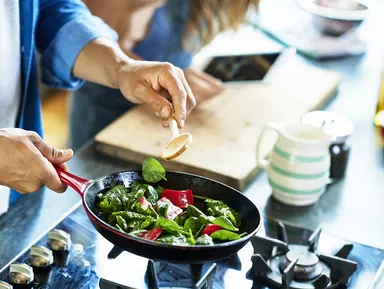
5 Transformative Weight-Loss Resolutions for Success

Workout Routines & Beyond: Science-Based Weight Loss
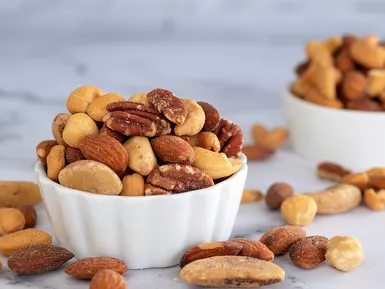
Vitamin E and Weight Loss: Unveiling the Truth

Effective Strategies to Lose Midriff Fat for Women
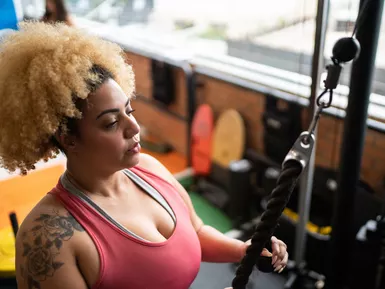
8 Non-Scale Victories in Your Weight-Loss Journey
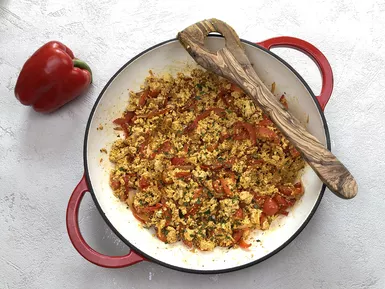
Unveiling the Ornish Diet: A Path to Sustainable Weight Loss
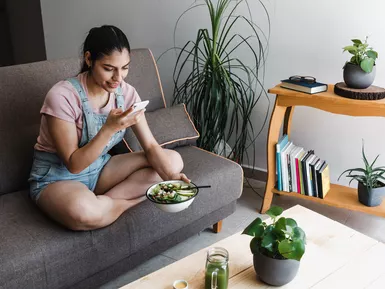
The Power of Social Support in Weight Loss
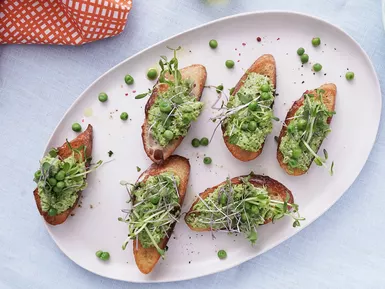
Personalized Weight Loss: 4 Strategies for Success

Long - Term Weight Loss: Maintaining Healthy Habits
